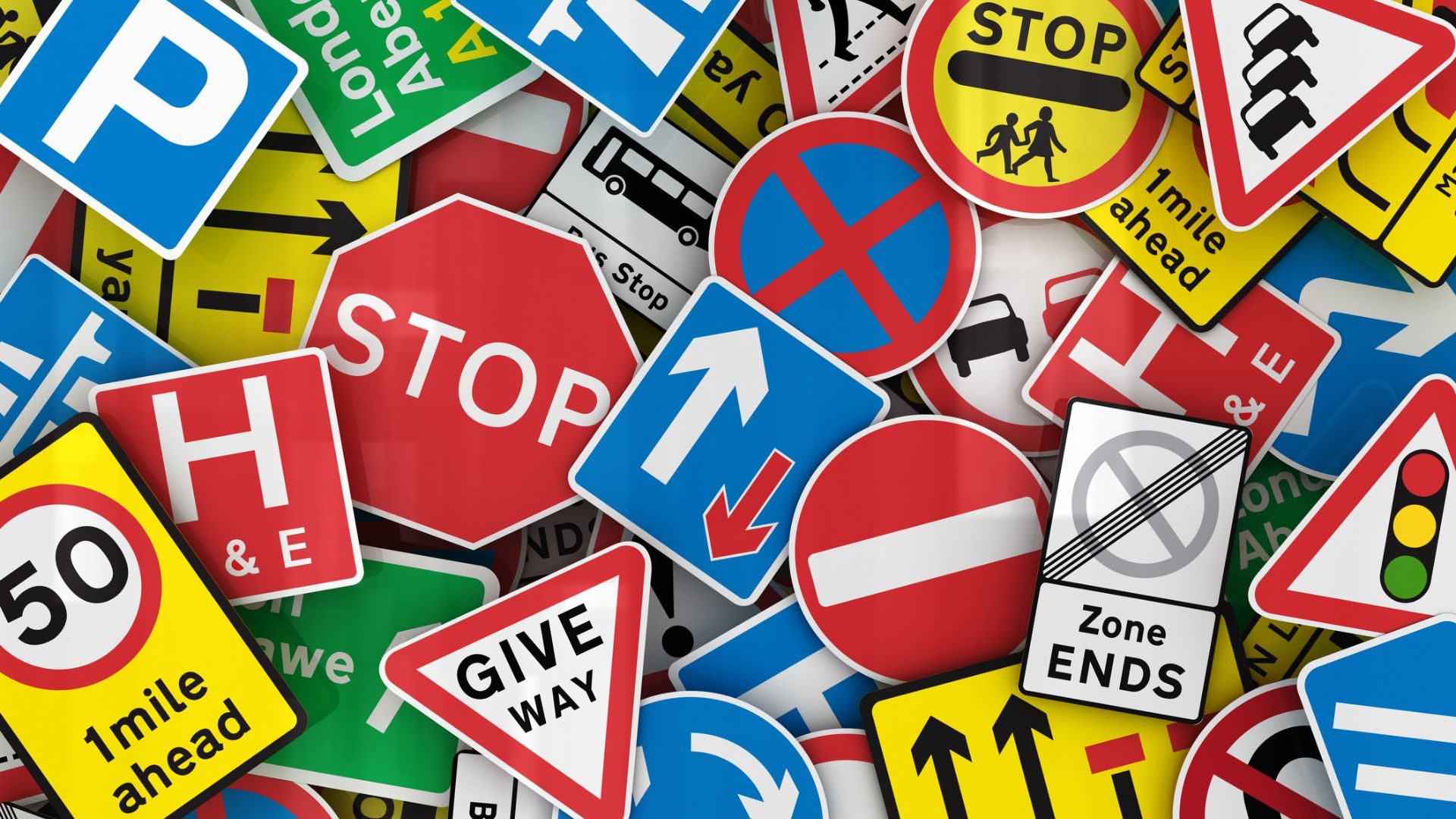
The first copy of The Highway Code was printed in 1931. The ground-breaking booklet urged all road users to be careful and considerate towards others, with a strong emphasis on improving road safety.
When The Highway Code was first published, there were only 2.3 million motorised vehicles on British roads, yet more than 7,000 road users were killed every year. For comparison, there were 1,711 road casualties in 2022.
A third of the original Highway Code focused on the various hand signals used by the police and road users. Today, just a single page is devoted to hand signals.
Mirrors were not mentioned in the 1931 edition of the Highway Code, but drivers were advised to use their horn when overtaking other vehicles. Drivers of horse-drawn vehicles were told to ‘rotate the whip above the head; then incline the whip to the right or left to show the direction in which the turn is to be made’.
Needless to say, the Highway Code has changed a little since 1931. Colour was introduced to the book in 1954, followed by the inclusion of motorway driving in the late 1950s. Photographs and 3D illustrations were included from the sixth edition of 1968.
Depending on when you passed your driving test, it might be a while since you picked up a copy of the Highway Code. With this in mind, here are a few of the road rules you may have forgotten.
Middle-lane hogging
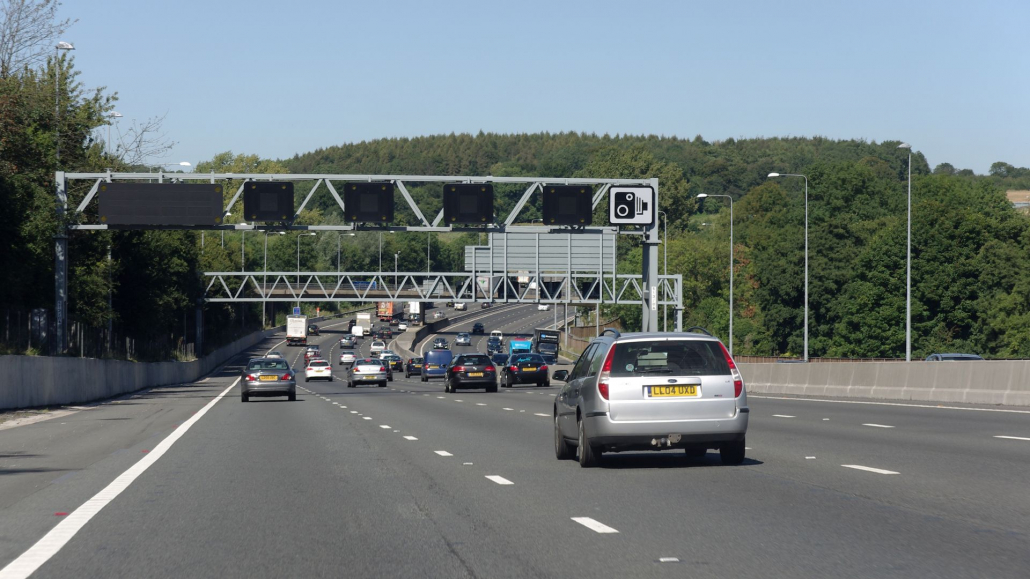
The Highway Code states that you should always drive in the left-hand lane when the road ahead is clear. If you are overtaking vehicles, you should return to the left-hand lane as soon as you are safely past. On-the-spot fines and three penalty points await drivers caught flouting the rules.
Driving too slowly
You could be fined £100 and given three penalty points if you are deemed to be driving at a speed low enough to endanger other road users. If a court decides that you have also been driving without due care and attention, the penalty could be increased to a £5,000 fine and nine penalty points.
Speed camera awareness
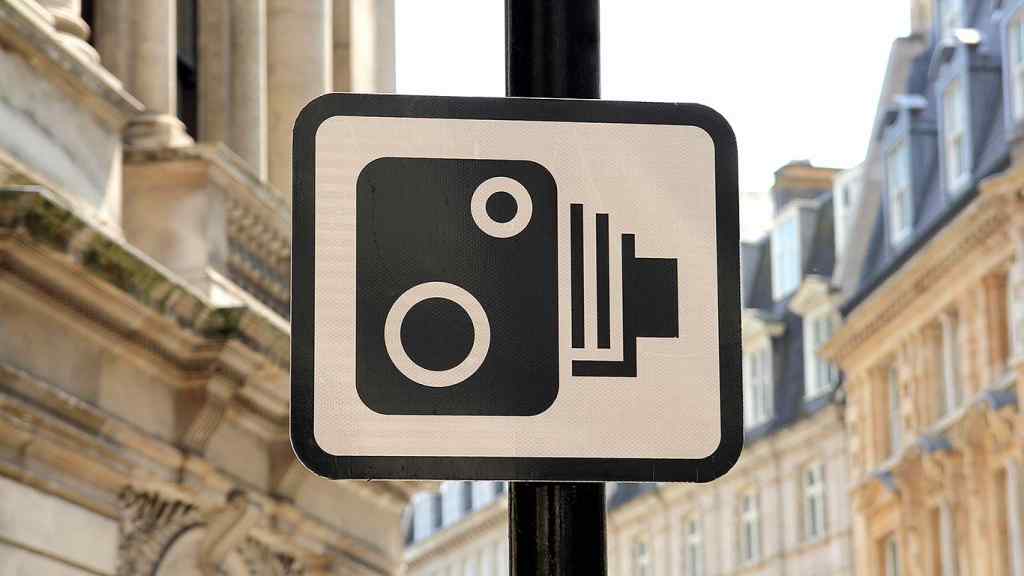
Flashing your headlights to warn oncoming drivers of a speed camera is against the law. Anyone caught doing so could receive a £1,000 fine for ‘wilfully obstructing a constable in the execution of his/her duty’.
Red lights
Motorists and cyclists should both stop at a red light. When an advanced stop line is present, cyclists must still adhere to the same rules of the road. It is an offence to ride through an amber light, unless not doing so would likely cause a collision.
Snow on your roof
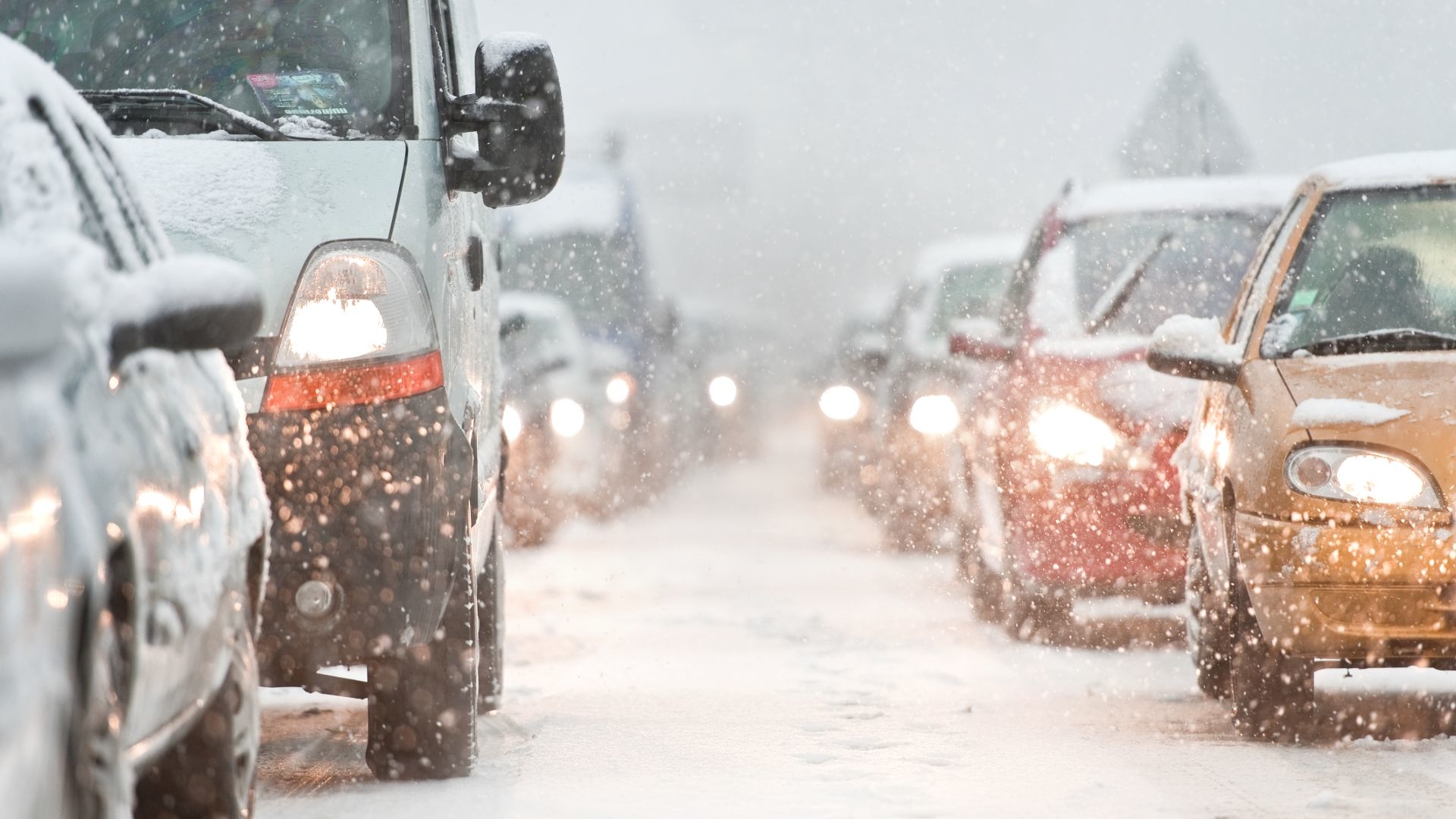
It is illegal to start your journey with snow on the roof of your car. If it falls forward onto the windscreen, it could obscure your view, while a chunk of snow flying off your car could impede those following behind. Offending motorists are likely to be given a fine and three penalty points.
Careless and furious cycling

Careless cycling without due care and attention can result in fines of £1,000 and £2,500 for careless and dangerous cycling respectively. ‘Furious cycling’ came into legislation in 1861 and applies to to drivers of vehicles or carriages who cause bodily harm to anyone by wanton or furious driving. A fine of up to £1,000 can be issued for cycling furiously, although you cannot be prosecuted for speeding on a bicycle.
Cycling on the pavement
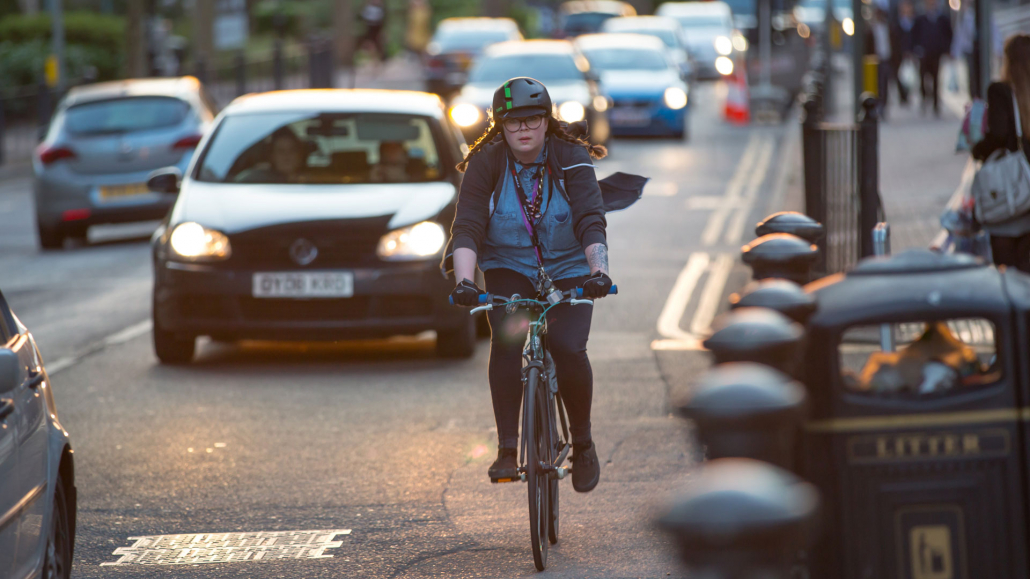
It is an offence to drive a carriage on ‘any footpath or causeway by the side of any road made or set apart for the use or accommodation of foot passengers’. The rules apply to adults and children, but a child under the age of 10 (eight years old in Scotland) cannot be prosecuted.
You can buy a copy of the Highway Code for £4.99 via the Safe Driving for Life website.
READ MORE:
Which lane should I use on an unmarked roundabout?
What is E10 petrol and will it damage your car?
When will each car company stop selling petrol and diesel cars in the UK?
The post The Highway Code rules you might not know appeared first on Motoring Research.


